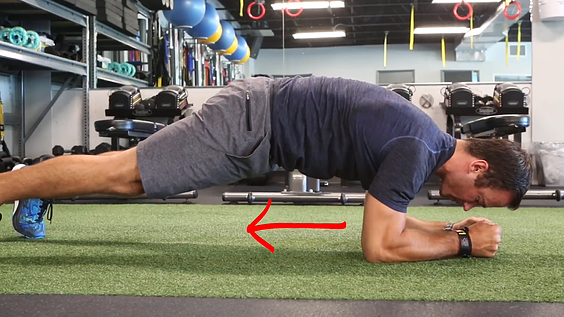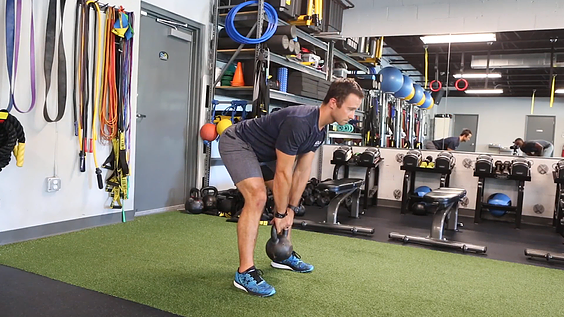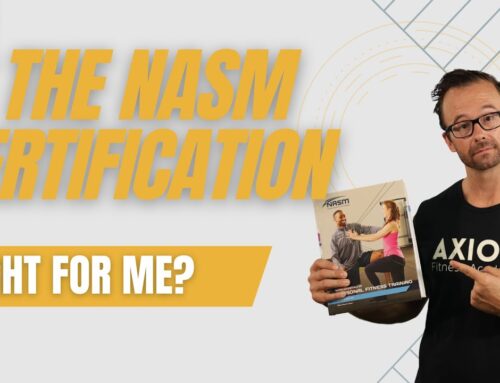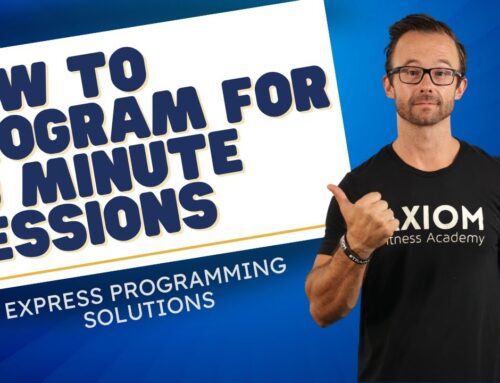At home workouts are at an all time high as gyms around the country really still just begin to open and serve clients. This means versatile fitness equipment is still as good as gold and this puts kettlebells at the top of the list.
For personal trainers, this versatility is also key in deciding which tools to regularly keep in your toolbelt. It’s hard to deny that kettlebells can be one of the most useful pieces of equipment out there.
The number one exercise that comes to mind when you mention kettlebells is the swing. It’s the exercise that has driven much of its current popularity because it presents the opportunity to work the backside, core, conditioning, power, and more based on how you program and apply this single movement.
Not to mention it looks like fun and is very different from traditional gym moves.
Swings can be a great exercise for clients of almost every level, but as you (or your client) integrate these moves into your programming the following should serve as a check-list of things to accomplish and train to develop a safer more effective swing.
Checkpoint #1: Tight top position
Kettlebell swings are great for teaching triple extension, but unlike it’s barbell olympic lifting counterparts (cleans & snatches) the heels never leave the ground. Not only that, but the top position pictured above demonstrates that there’s never a need to extend beyond a neutral lockout at the top. This means we’re able to create more tension at the top position when the kettlebell transitions from a concentric to eccentric direction.
In executing the swing this is important because it decreases the likelihood of putting the low back in a bad position during the movement. As for training transfer this also helps to groove the capacity to maintain tension in the torso during explosive movements. This can have a big impact on performance in the sporting environment, strength training in the gym, and even maintaining integrity and force transfer in everyday activities.
Aside from the fact that the arm position may be a little high in the picture, if you flipped the image 90 degrees, what would it look like?
You probably see from the image below where this is going here – a plank. Great plank position and variations like the “hardstyle plank” are not only great prerequisites to getting into swings but also a great teaching tool for anyone struggling to understand what that lockout position should look and feel like.
Checkpoint #2: Master the hinge
The swing is a powerful movement driven by the hips so it only makes sense to build strength in the hinge movement first. There is no magic number or ratio out there to say exactly when someone is ready, but a focus on building significant strength in eccentric and concentric hip hinge variations (like the RDL, staggered, RDL, etc) will go a long way in the motor learning process.
Rapid speed is generally one of our last progressions in a movement pattern as we want to build up a base of strength prior to power training and the swing is no different. We want to make sure the body has the ability to stabilize the pelvis and spine so that when we start activating the stretch reflex (muscle spindles) that the posterior chain is strong enough to maintain control of all moving parts.
Check-out the video at the end for more explanation, but the takeaway is that control and strength should come before power so master the loaded hinge first before tackling swings.
Checkpoint #3: Learn drags & drag swings
Drag swings and start position drills are great because they not only work proper position and flexibility needed to get there, but they also demonstrate the role of the lats in the swing. This is an element most people don’t pick-up on their own or at all if they haven’t experienced the Russian style swing, but lat engagement can totally change how the swing feels.
There are a variety of styles out there, but we teach the Russian style swing because of the emphasis on core tension and integration of lats in creating that stability and decelerating the swing down from the top.
This means learning to use the lats to actually help drive the kettlebell back down into the swing and keeping the elbows closer to the body. Unlike the first image above where the arms are further away from the body and somewhat relaxed at the top of the swing, this will increase the feeling of “tightness” during the swing. All of which is a great way to learn how to get tight in other exercises and out in the real world.
It’s not the only way to swing the kettlebell, as longer bouts require a different approach but it’s one of the safer ways to get started.
The start and end of an exercise like kettlebell swings is also a common place for injury to occur. Most don’t think about how they may be picking up or setting down the kettlebell and it gets ugly.
The drag swing drill is also a great teaching tool for learning the best ways to get the kettlebell off of and back to the ground safely.
Watch the video below for a discussion on these checkpoints and more:
If you want to reap all the benefits of kettlebell training, then you need to learn the basics of coaching and cueing this world-class tool so you don’t invite injury or leave valuable results on the table. If you’re ready to master the basics of the bell, then you’ll want to sign up for our Axiom Kettlebell Certification right away.











